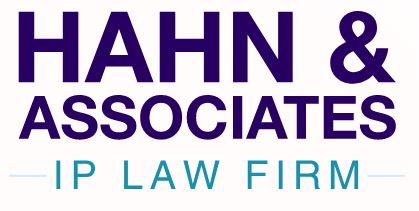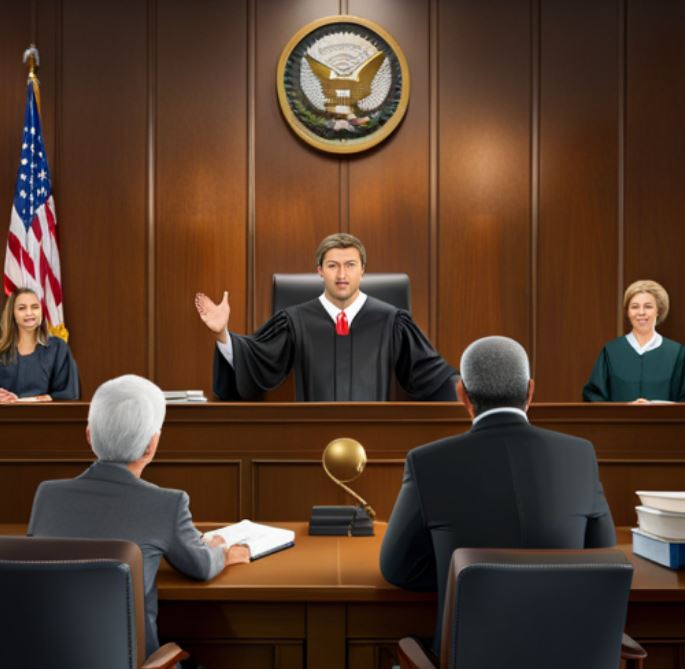Patent infringement cases have become increasingly common in the United States. Defendants facing such claims, especially those initiated by non-practicing entities (NPEs), often seek dismissal under Federal Rule of Civil Procedure 12 on patent eligibility grounds. This is because patents that cover ineligible concepts, such as abstract ideas, are invalid under the law.
However, the recent ruling in Hawk Technology Systems, LLC v. Castle Retail, LLC, No. 22-1222 (Fed. Cir. Feb. 17, 2023) has affirmed that Alice motions remain an effective tool for addressing the invalidity of patents that pertain to ineligible concepts.
Alice motions refer to motions to dismiss a patent infringement lawsuit on the grounds that the patent in question is invalid because it claims ineligible subject matter, such as abstract ideas, laws of nature, or natural phenomena. These motions were established by the 2014 U.S. Supreme Court case, Alice Corp. v. CLS Bank International, which clarified the test for patent eligibility under 35 U.S.C. § 101.
The Alice test requires courts to determine whether a patent claim is directed to an abstract idea and, if so, whether it includes an inventive concept that transforms the abstract idea into a patent-eligible application. The goal of the test is to ensure that patents only protect truly innovative and non-obvious inventions and not just basic concepts.
The recent ruling in Hawk Technology Systems, LLC v. Castle Retail, LLC, reaffirmed the effectiveness of Alice motions in patent litigation. The court held that a patent directed to a method of providing discounts based on consumer behavior was invalid under the Alice test because it was directed to an abstract idea and lacked an inventive concept. The court also emphasized that Alice motions enable early resolution of patent litigation and can save considerable time and expense.
This ruling is significant for defendants in patent infringement cases because it reinforces the importance of challenging patents that cover ineligible subject matter. Alice motions can be an effective tool for quickly disposing of such claims, thereby avoiding lengthy and expensive litigation.
However, it is important to note that not all patents that cover abstract ideas will be invalid. The Alice test is highly fact-specific, and the outcome of each case will depend on the particular patent claims at issue. Therefore, it is essential for defendants to consult with experienced patent attorneys to determine the best strategy for challenging patents in their specific cases.
The Supreme Court’s Alice Corp. v. CLS Bank International decision in 2014 clarified the test for patent eligibility under 35 U.S.C. § 101. This has had a significant impact on patent claim strategies for software technologies. To meet the statutory requirements of § 101, inventors and patent attorneys must craft claims that are not directed to abstract ideas, laws of nature, or natural phenomena.
One strategy is to focus on the technical details of the invention, specifically describing the particular hardware or software components and how they interact to produce a specific result. This approach emphasizes the specific implementation of the idea rather than the idea itself, making it more likely to pass the Alice test.
Another strategy is to argue that the patent claim solves a specific technological problem that is not addressed in the prior art. For example, a patent claim directed to a particular way of encoding digital video that reduces latency and improves quality could be argued to be patent-eligible because it solves a specific technological problem.
A further strategy is to claim a specific application of an abstract idea that involves some kind of transformation or improvement. For example, a claim directed to a particular way of using machine learning to improve a medical diagnosis could be argued to be patent-eligible because it involves a specific transformation of data that produces a useful result.
These strategies are not mutually exclusive, and patent attorneys often use a combination of them to craft claims that are more likely to pass the Alice test. However, it is important to note that the specific details of each invention and the prior art must be taken into account when developing a patent claim strategy.
For example, in the recent case of American Axle & Manufacturing, Inc. v. Neapco Holdings LLC, 964 F.3d 1357 (Fed. Cir. 2020), the Federal Circuit held that a patent directed to a method for manufacturing a driveline assembly for a vehicle was invalid under the Alice test because it was directed to an abstract idea and did not include an inventive concept. The court noted that the claims were directed to a process of manufacturing a driveshaft that involved tuning the frequencies of the shaft to dampen vibrations, but that this was simply a natural law or phenomenon that had been known for years. The court found that the claims did not include an inventive concept that transformed the natural law into a patent-eligible application.
In contrast, the recent case of Finjan, Inc. v. Cisco Systems, Inc., 965 F.3d 1334 (Fed. Cir. 2020), provides an example of a patent that survived an Alice challenge. The patent was directed to a method for protecting computer systems from malware by scanning incoming data and comparing it to a database of known threats. The court found that the claims were directed to a specific implementation of the idea of malware protection and that the claimed improvements were not merely routine or conventional. The court also noted that the claims recited specific technical details about how the system operated, which further supported their patent eligibility.
In conclusion, patent claim strategies for software technologies that meet the statutory requirements of § 101 must be carefully crafted to avoid being directed to abstract ideas, laws of nature, or natural phenomena. Focusing on specific technical details, solving a specific technological problem, or claiming a specific application of an abstract idea that involves transformation or improvement are all potential strategies. However, the specific details of each invention and the prior art must be taken into account when developing a patent claim strategy.

